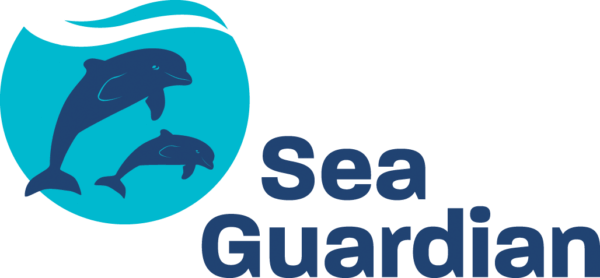- Resources
- article
How can you help?
Are you concerned, but not quite sure how to help? Read on!
Good Fish

There are three easy things you can do to help as achieve #healthyoceansforever
1. Be informed at the Restaurant or Seafood Counter
Let your restauranteur or fishmonger know that sustainability matters to you as a paying customer. Share your concerns if they’re selling overfished or threatened species, or shark fins from Australian or overseas fisheries. Remember to be polite. Your host may not be aware of the issues, but should be receptive to you as a paying customer. You can direct them to this website for more information!
Ask before you buy!
One of the most important ways to help improve the sustainability of our seafood is to ask questions of fishmongers, supermarket assistants and waiters before you buy. Retailers may not have all the answers, but by starting a conversation you are encouraging our seafood suppliers to find out more about the product that they supply from our big blue backyard.
The more our suppliers hear questions about the sustainability of their products, the more they start asking questions of their suppliers. The ripples of demand then pass up the supply chain and become waves, helping drive change in the way our fish and shellfish are caught or farmed. It is up to all of us to help make our seafood sustainable.
What should I ask when buying seafood?
“Is the species overfished?”
If it is, then say “no thanks”. Give overfished species a break by making an alternative choice.
“How was it caught or farmed?”
Did that method damage the environment or catch large amounts of marine wildlife? Choose seafood from fishing or farming methods that have low impacts on our ocean, its species and habitats. See the Aquaculture page for more information.
“Is it a deep sea, slow-growing or long-lived species?”
Deep sea species are generally slow-growing and long-lived. This makes them particularly vulnerable to fishing pressure, and means that they take longer to recover from impacts on their populations. Give these species a break too.
“Where is it from?”
Local is not always more sustainable. Knowing where the seafood comes from is one of the key questions in helping make an informed seafood choice. Australian and imported species are assessed separately in this guide to help you make a better choice.

2. Dine at GoodFish Restaurant partner (or sign up as a GoodFish Restaurant!)
Over 70 restaurants around Australia have signed up to removing unsustainable seafood from their menus. This community of chefs and venue owners has committed to only using seafood rated as green, Better Choice or amber, Eat Less in Australia’s Sustainable Seafood Guide. If you are heading out to dinner at one of these restaurants, you can trust that the staff care deeply, and that the sustainability of your seafood has been carefully considered – so all the hard work has been done for you!

3. Sign up as a Sea Guardian
Sea Guardians are the lifeblood of AMCS. They are the wind in our sails, and help us plan for long term, strategic conservation campaigns.
For as little as 66c a day, you can help us continue our critical work to combat overfishing, create marine sanctuaries, and protect our endangered marine life like whales, sea turtles and dugongs.
Greenpeace take a look at the practices involved in fishing for the species of tuna mainly used in canned produce, and provide information on which brands of tuna are best to choose.
See Australia’s Sustainable Seafood Guide, a free app available on IOS and Android, to help you decide when next you are choosing to buy seafood.
The Australian Marine Conservation Society’s GoodFish project is a community of chefs, restaurants, fishers and wholesalers who work towards supporting healthier oceans.
Insta / @GoodFishproject
